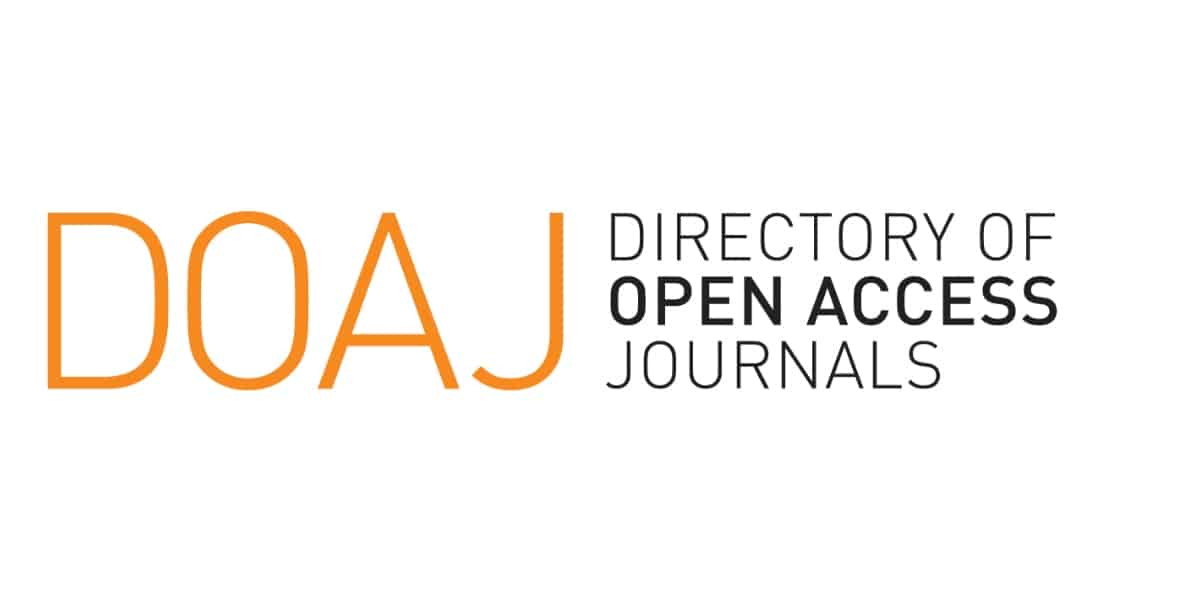MINIMIZING SEVEN WASTE IN THE INNER LID PRODUCTION PROCESS USING THE LEAN SIX SIGMA APPROACH
Abstract
PT.X is an industry that produces plastic-based products, namely Inner Lids, Back Panels, condensers, and Pet plates. Inner Lid products have the most defects. The inner Lid is the inner tub cover on the dryer in the washing machine. The dominant problem with Inner Lid products is the occurrence of defects during the production process of around 1-2% of the production output per production so that the number of products produced does not meet the set targets and product quality does not meet specifications. The purpose of this research is to find out the waste that occurs in the production process at PT.X, to calculate the sigma value in the production process, to determine the factors that cause the failure of the production process, and provide recommendations for improvements to dominant waste to minimize process failures in the production process. This study uses the Lean Six Sigma method which is used to identify and eliminate waste that is not added value with continuous quality improvement toward the target of 6 Sigma or zero defects. DPMO calculation results obtained an average of 6149.341 and a sigma value of 4.008. To reduce the impact of failure due to seven wastes, an analysis is carried out that the causes of failure can come from human, machine, method, material, and environmental factors. then the potential failures are identified and suggestions for improvements are given based on the Failure Mode Effect and Analysis (FMEA) method. based on the highest RPN with a value of 140, the proposed improvement is given to the waste defect, namely the need for work supervision from the head of a production in paying attention to the machine and operator performance so that errors can be minimized.
Keywords : DPMO, FMEA, inner lid, lean six sigma, waste

_page-00013.jpg)







_(1).png)

